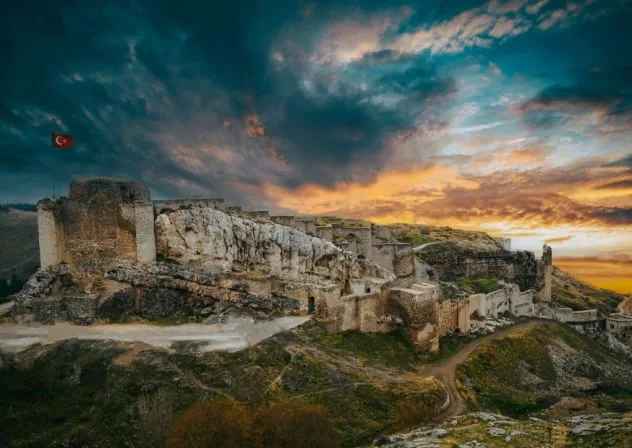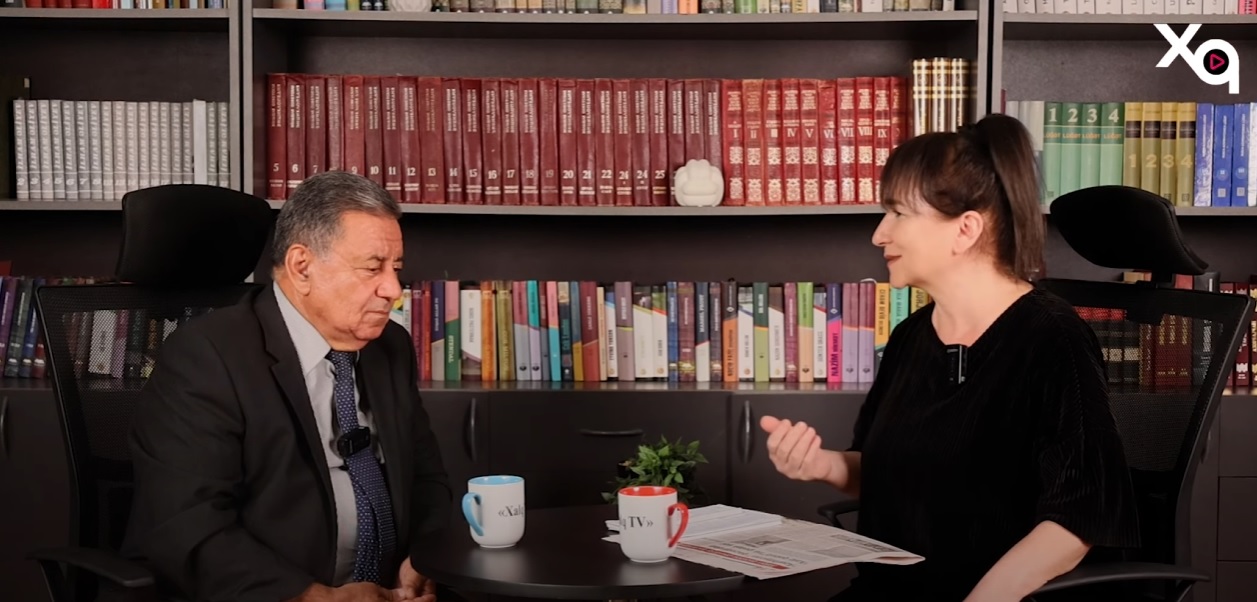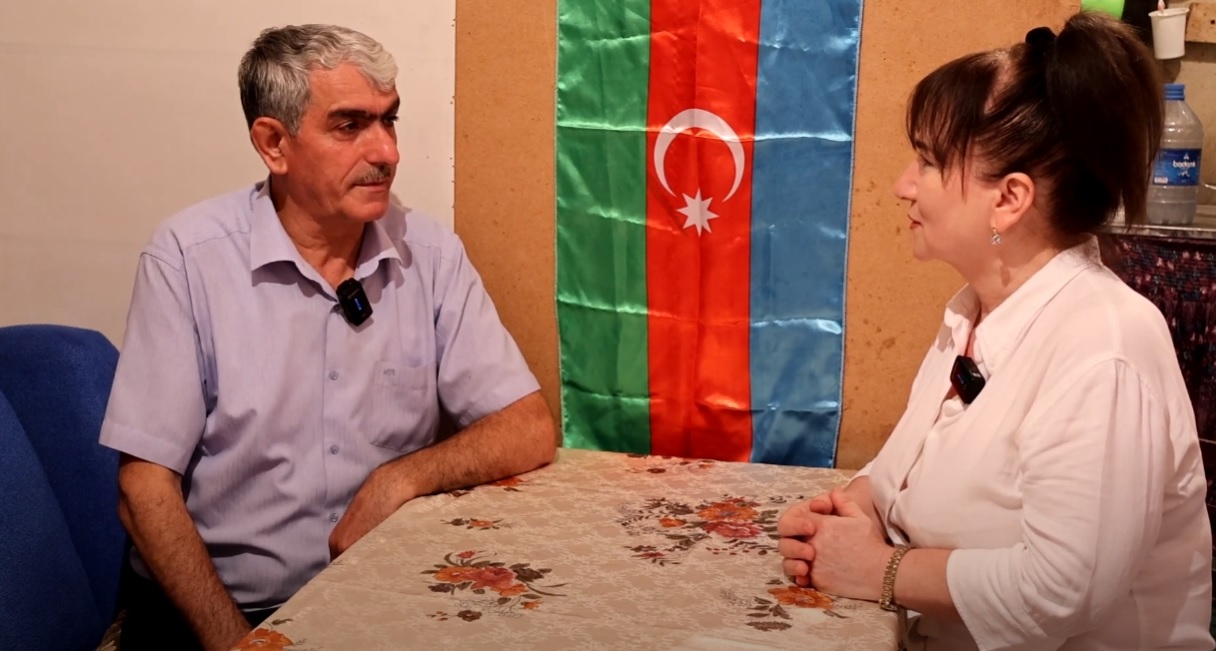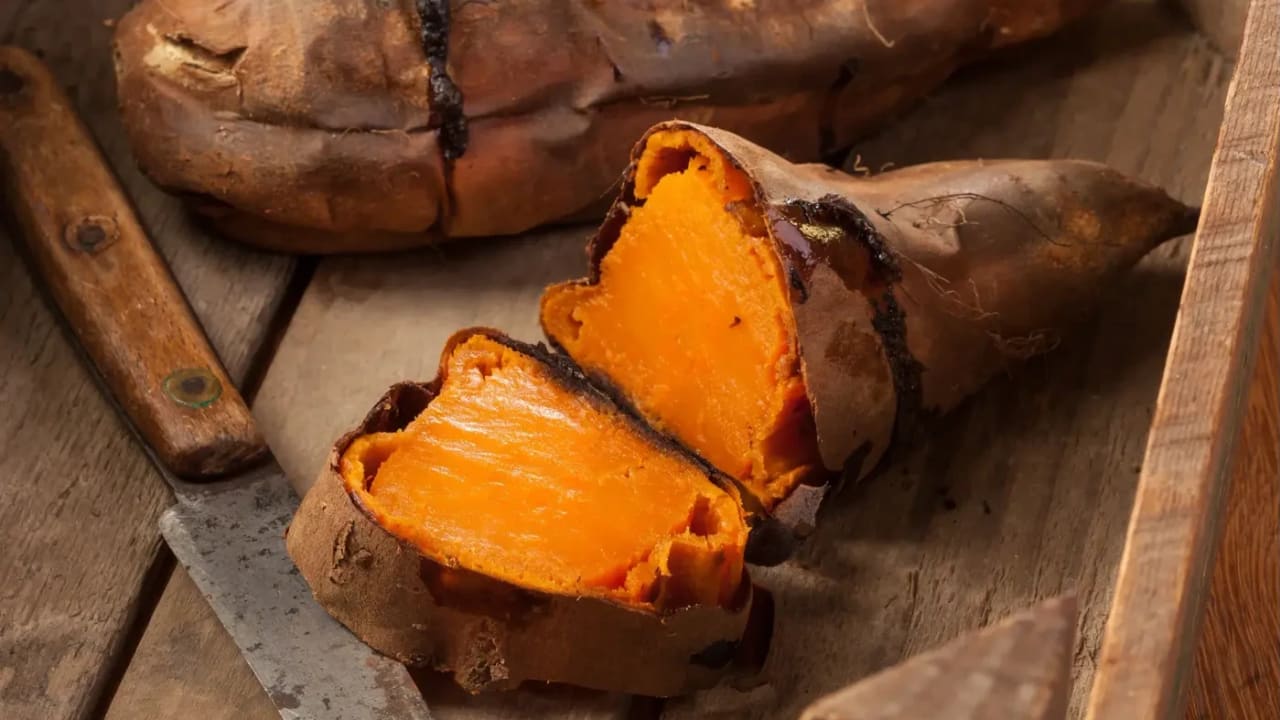By JERUSALEM POST STAFF
'The kiln itself is quite rare in Gloucestershire,' said Guarino, highlighting its exceptional preservation.
Recent excavations by Cotswold Archaeology in Gloucester unveiled a Roman settlement of historical importance, shedding new light on Roman life in the region. Among the discoveries is a well-preserved lime kiln, believed to be the first of its kind excavated in Gloucestershire, dating back to between 100 and 200 CE.
"The kiln itself is quite rare in Gloucestershire," said Paolo Guarino, post-excavation assistant manager at Cotswold Archaeology, according to BBC News. Measuring four meters (13 feet) across and standing at two meters (6.5 feet) tall, the kiln offers important evidence of the construction techniques of the Roman era.
The lime-burning process was used for producing quicklime (calcium oxide), an essential material in Roman construction and a key ingredient in Roman mortar, plaster, and concrete. The kiln discovered at the Centre Severn site represents a key element for understanding Roman building practices.
Between September 2020 and February 2021, Cotswold Archaeology uncovered Roman remains at the Centre Severn development site in Barnwood, including the lime kiln, two well-preserved Roman buildings, and a pit containing a deliberately placed collection of pottery, likely a ritual offering related to the beliefs and practices of the local Roman population.
Earlier surveys at the site suggested extensive Roman remains might lie underground, which was confirmed by initial geophysical surveys and trial trenching conducted by Cotswold Archaeology. The excavations revealed field boundaries and enclosures that were part of a larger Roman settlement, dated between the 2nd and 4th centuries, many of which extended beyond the area being investigated.
Archaeologists also uncovered the grave of a woman aged between 40 and 44 years, radiocarbon dated to 226-336 CE, which has aroused interest among researchers. The woman's grave had a funerary outfit; only some nails that would have been part of the footwear with which she was buried were found.
Inside the central chamber of the kiln, archaeologists found an internal sill and a dividing wall. The kiln featured an internal ledge and partition to improve airflow during the lime-burning process. "This is likely an example of 'structured deposition', where items were purposefully buried for cultural, religious, or social reasons, rather than simply discarded," stated Cotswold Archaeology, according to HeritageDaily.
Due to the location of the Centre Severn development site to the limestone deposits in the Cotswolds and fuel sources from the Forest of Dean, it is likely that the kiln supplied quicklime for the construction of nearby Roman settlements such as Glevum (Gloucester) and Corinium (Cirencester).
Cotswold Archaeology believes the lime kiln had a short working life, ceasing operation around 300 CE, having either collapsed naturally or been dismantled. "We are able to tell a bit more detail every time we get our hands on it," added Guarino, according to BBC News.
The discoveries made in Gloucester are not limited to the lime kiln. The two well-preserved Roman buildings offer insights into daily life during the Roman era and reveal knowledge about Roman construction methods and local production of building materials.
These finds not only enrich our understanding of life in the Roman settlement but also contribute to a broader view of the social and cultural dynamics of the era, as they include essential materials for constructing and decorating Roman structures, such as terraced houses and villas.
The researchers plan to detail the results of the excavation in a technical report. The technical report will also be available soon on the Cotswold Archaeology Online Reports website. Additionally, the researchers will publish the results in an article in the journal Transactions of the Bristol and Gloucestershire Archaeological Society.


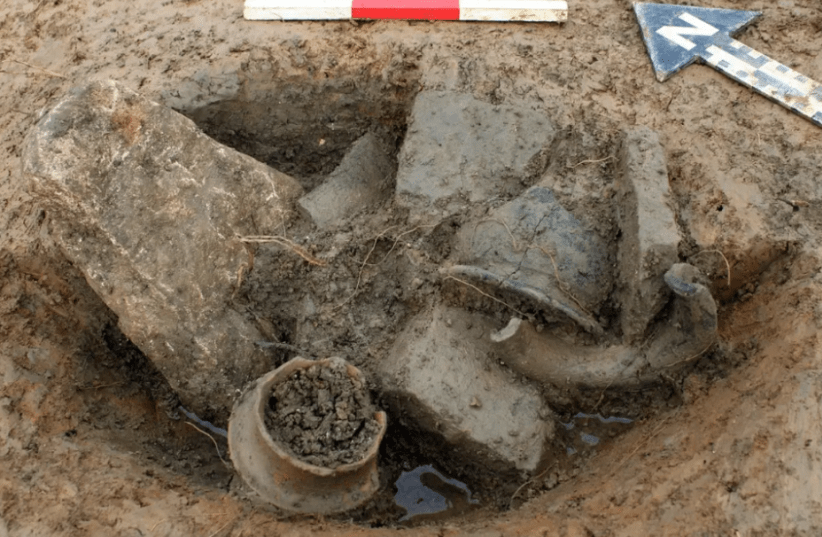

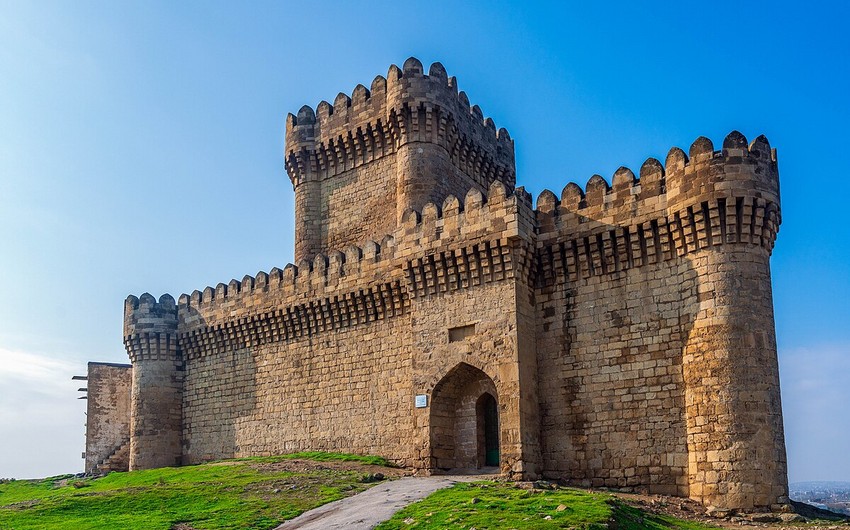
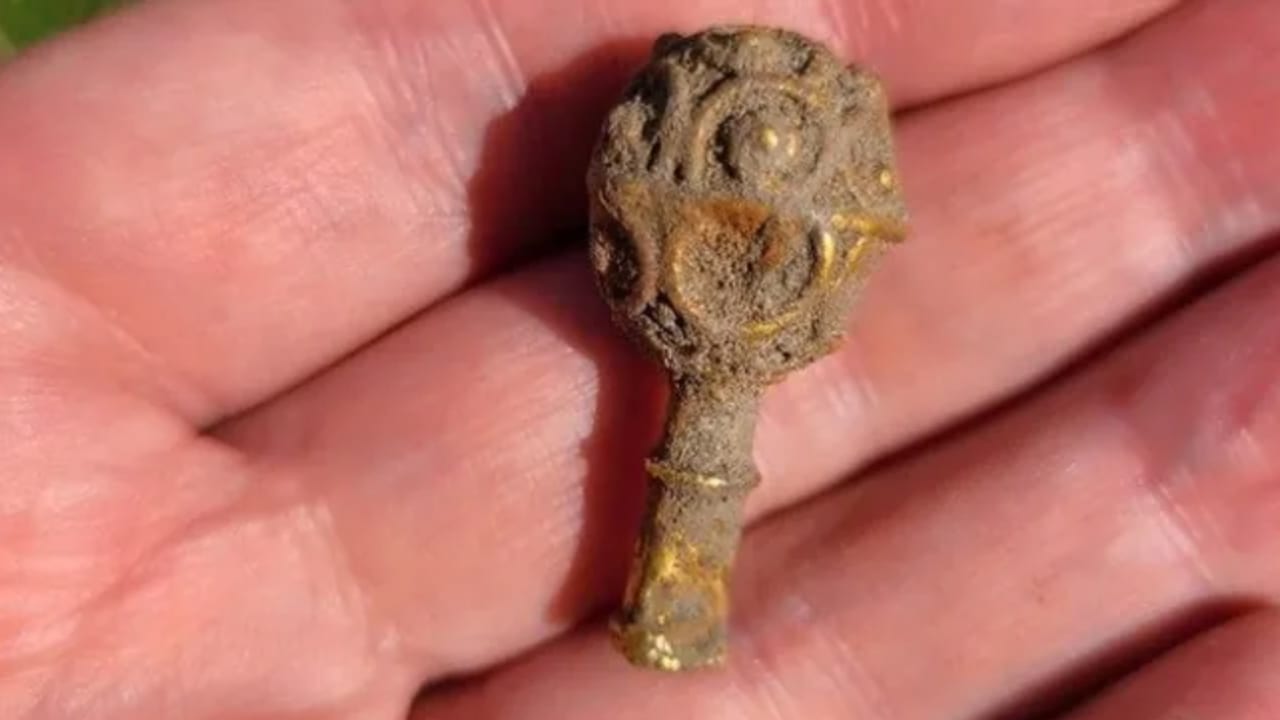


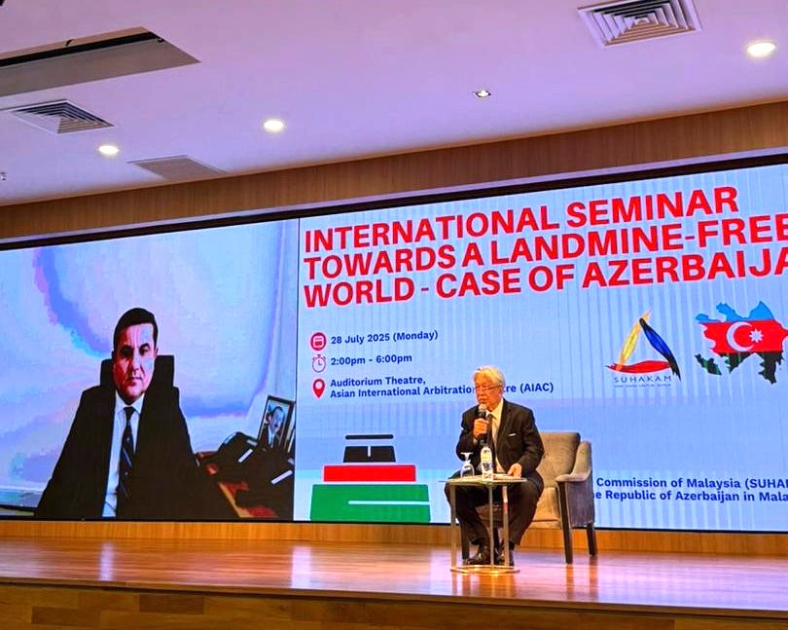

.jpg)
